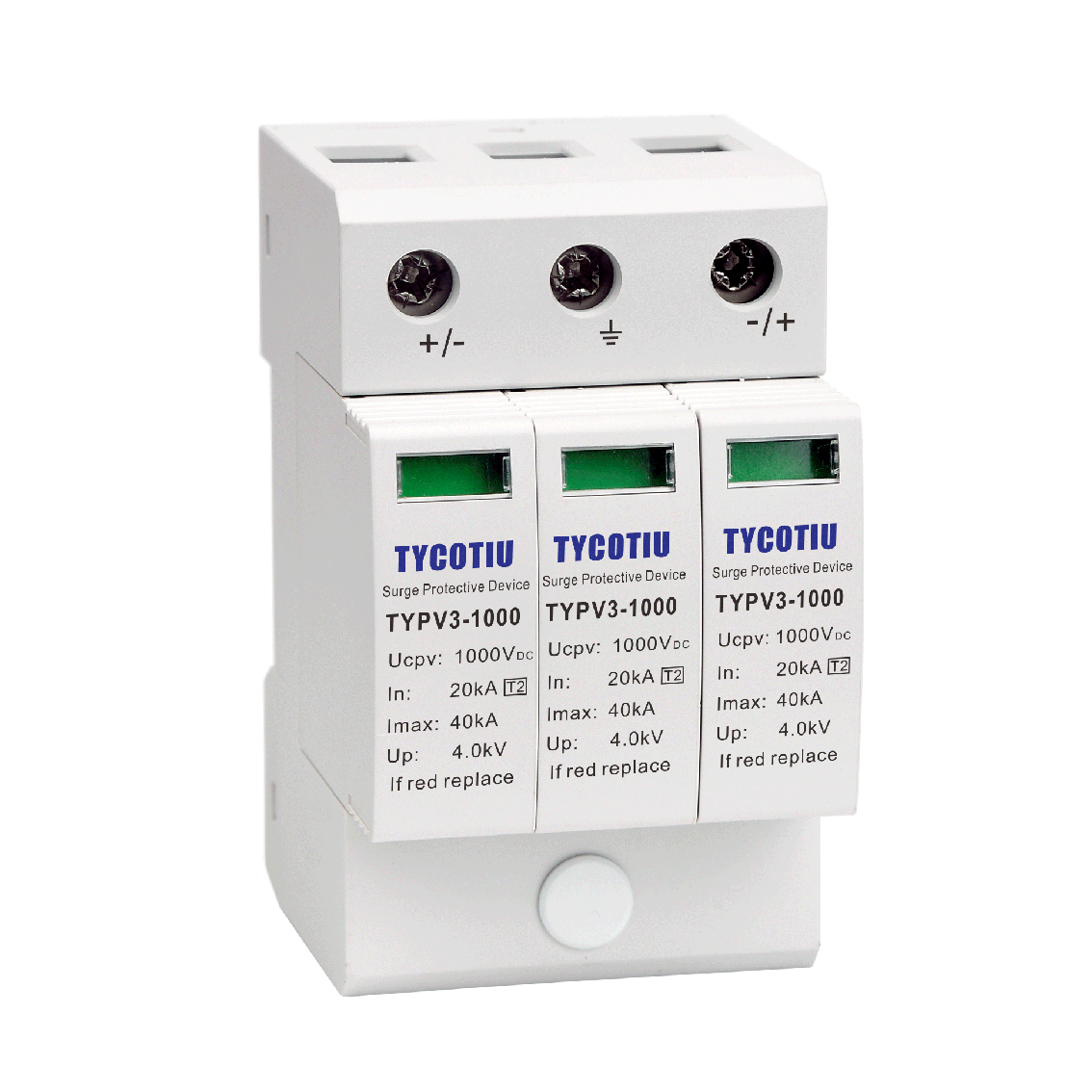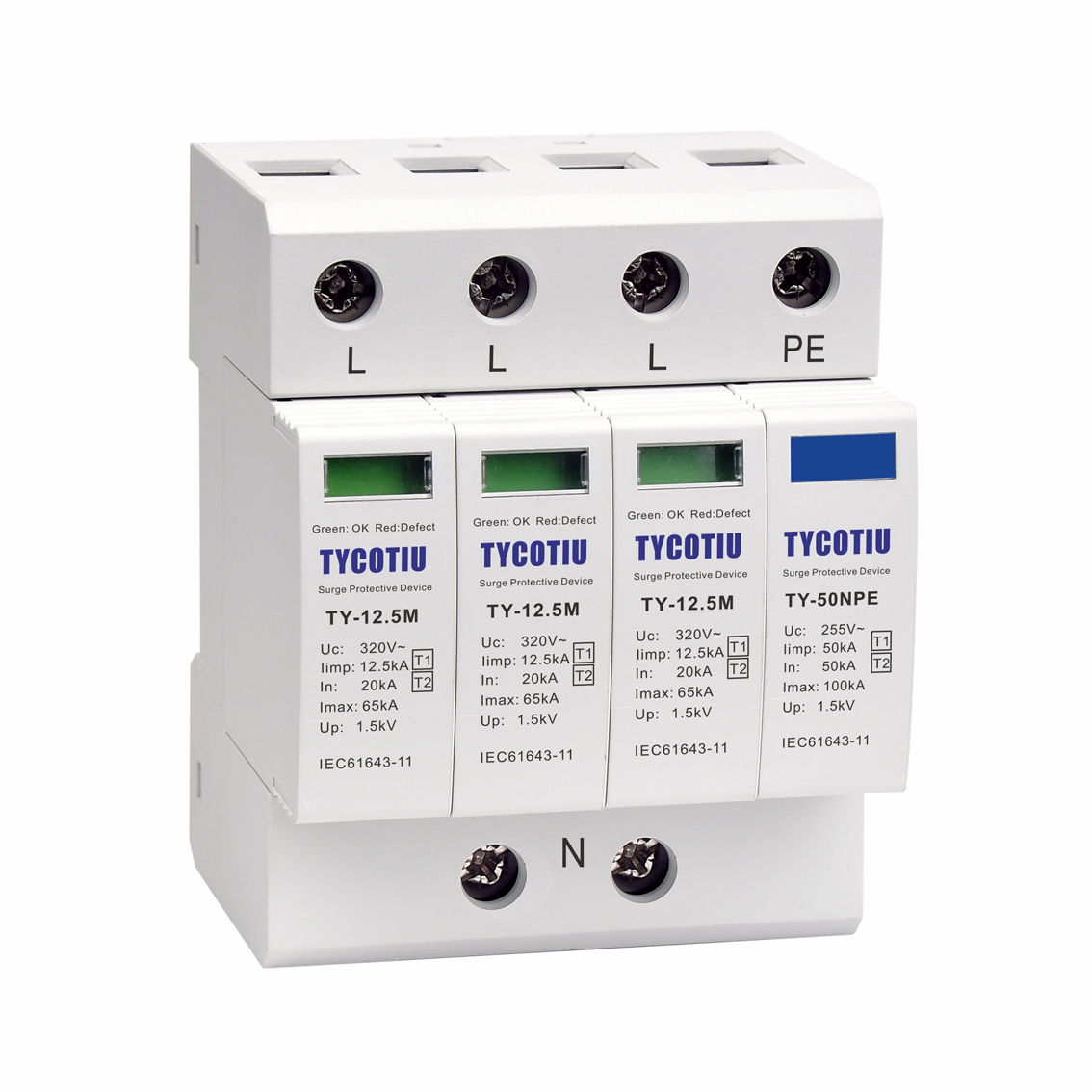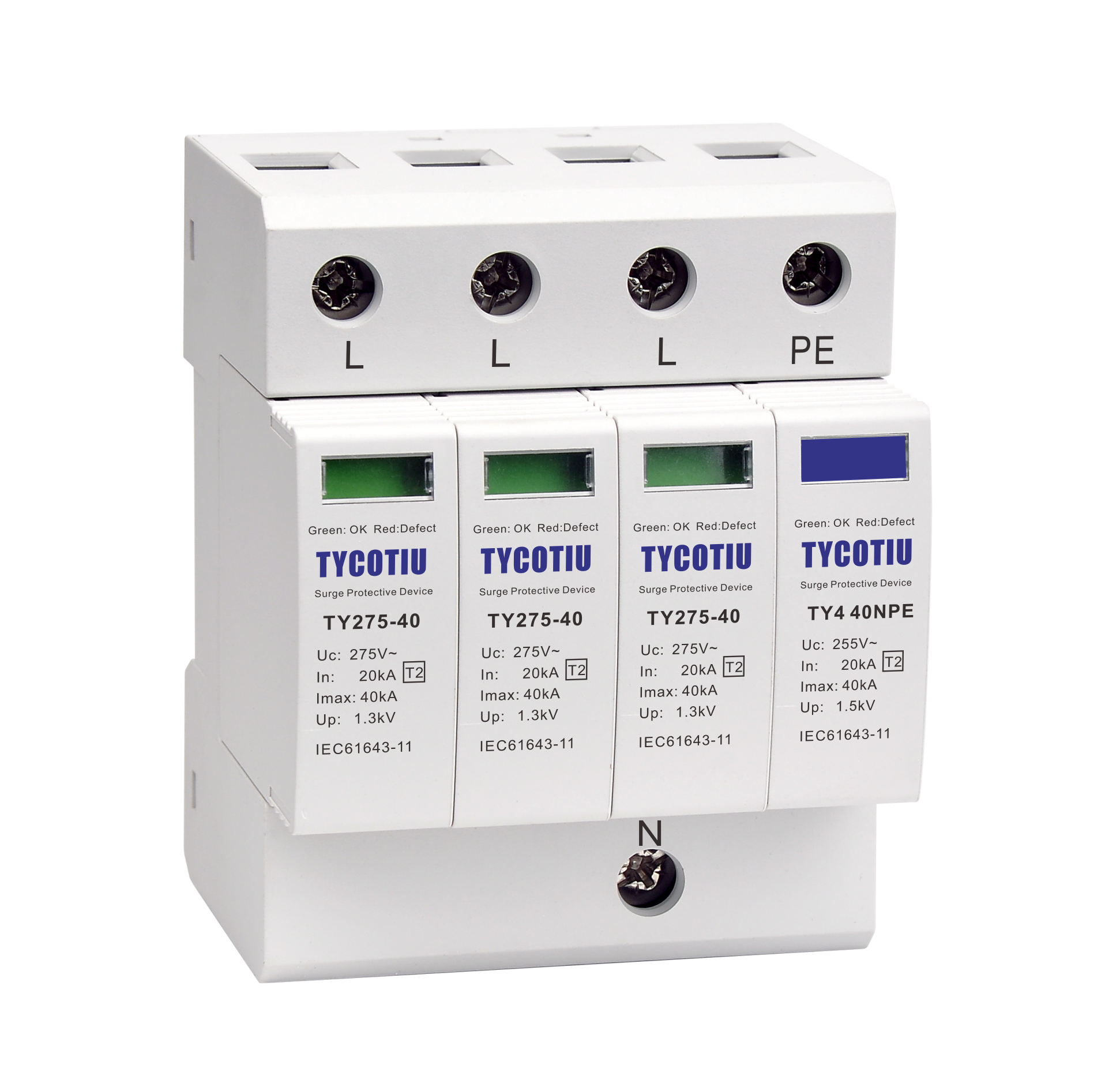Surges are spontaneous, transient overvoltage events that occur in electrical systems and powered electronic devices. Also known as transients, surges vary greatly in their amplitude (millivolts to tens of thousands of volts) and duration, which is mainly in the order of microseconds or milliseconds. The amount of current that flows with an overvoltage event, for example, due to a lightning strike, can be large, prolonged, and very damaging.
Power over Ethernet and standard Ethernet devices vary in their capacity to withstand surge voltage events. This is often down to the dielectric or insulation strength of the component or device and a surge that exceeds its limits will certainly cause damage. High amplitude overvoltage are usually transient but will require a specific in-line surge protection device to shield sensitive equipment like CCTV, access points, and routers from the abrupt voltage increase.
Outdoor PoE devices are exposed to weather-related surges
While most Ethernet cable is relegated for indoor use, more and more outdoor systems are utilizing PoE due to its ease of installation and operation. The downside is this exposes PoE devices to the risk of power surges or spikes caused by weather conditions, including lightning strikes and other disruptions.
Like any electronic system, PoE devices and their internal components operate within specific current and voltage ratings. Excess current or voltage can damage delicate internal components.
How to protect PoE equipment from power surges
Because a power surge can travel in any direction along Ethernet cable, a surge protective device (SPD) is the best way to protect outdoor PoE equipment. An electric shock only happens if there is a complete path between two contact points. The current needs a place to enter and exit. An SPD intercepts the excess electricity and diverts it safely via a grounding wire. The electricity always follows the path of least resistance to the ground.
Regardless of where an electrical surge originates, SPDs are an extremely affordable way to isolate electrical surges and prevent them from reaching PoE devices or switches.
What is Power over Ethernet (PoE) surge protection?
Power over Ethernet surge protection includes the methods and devices that are used to protect PoE equipment from over damaging effects of electrical surges. Power over Ethernet differs from standard Ethernet networking equipment as it is power handling equipment. It, therefore, requires special protection from the effects of overvoltage. PoE surge protectors are specialist devices that are installed in series with PoE cabling ahead of the sensitive PoE-powered electronic equipment that requires protection. They allow normal power and data transfer over the line but will protect networked devices in the presence of a surge. They may also be called lightning arrestors, RJ45 surge protectors, surge arrestors, surge suppressors, or in-line data protectors.
Surge protection devices for PoE are designed to ensure that overvoltage is limited in amplitude, preventing damage to the insulation and dielectrics of devices, or that the surge is efficiently discharged to ground at distance from the PoE installation. In this way, the installation is protected from damage, and uptime is preserved.
Where to install Ethernet surge protectors
Installing two surge protectors per PoE device is the best approach. It is crucial that there be one surge protector just before the end-point PoE device and another just before the nearest PoE switch, which is what sends power to the Ethernet cable.
Be sure to consider weather conditions when developing a surge protection strategy. SPDs need to not only withstand potential electrical surges, but also hold up against the elements, including rain, dust, snow, ice, and humidity.





